Best Practices Articles

Why Partner Portal Software Must Make Selling Easy
The primary focus of any partner portal software needs to be making selling easy for partners. This is an unequivocal truth that can never be pushed aside to make room for any other goals. While training, support, incentives, etc., are all necessary components for partner portal software, the primary focus needs to be on selling and enabling partners to sell more at a lower cost. In this article we will explore the logic behind this statement, as well as some time-tested approaches.
The primary purpose of a network of channel partners is to enable a vendor to acquire, grow and support a customer base that may be cost-prohibitive or impossible to acquire and manage in a direct go-to-market model. Once the value of the channel has been established—independent of any market segment—the primary focus needs to be on enabling that partner network to sell more.
Now, there are pure service-centric go-to-market models where the vendor sells the product directly to consumers or business users, and a network of channel partners provides maintenance or fulfills a service contract. A simple example of this would be exercise equipment that is sold to a do-it-yourself consumer. The consumer may procure the exercise equipment directly from a vendor, but then has access to related services from an authorized partner. Even in this case, however, the focus for the partner portal software needs to be on enabling the partner to sell and provide services more effectively.
Therefore, when a vendor is selling through a channel network and provides partner portal software to agents, resellers, franchises and other partner types so they can log in and determine what products to sell and how, it is incredibly important that the design and utility (form and function) of the portal is focused on enabling partners to sell more faster.
Keep in mind that partner portal software as a standalone, purpose-built solution has existed for only a decade or so. That means most vendors selling through the channel today still do so by patching together a variety of discrete tools that are used primarily in the direct go-to-market segment. Most of these software solutions, when they are patched together in the partner portal, fail to create the ultimate experience that a partner needs to succeed. These patchwork solutions make integration expensive and cumbersome, and impose a hodge-podge of interfaces from various sub-tools and components, making the partner experience highly unsatisfactory.
Naturally, there is a huge opportunity here. The trick is to create purpose-built partner portal software with one simple goal in mind: enable the partner network to sell faster. To do this, it is essential to deploy a solution that addresses the entire partner lifecycle, from recruitment and engagement to enablement and performance management. Very few partner portal software solutions on the market today can do this. There are, however, Unified Partner Management solutions from ZINFI that can not only provide an end-to-end experience for partners with sales enablement as the primary focus, but also achieve significant cost reductions by eliminating the need to perform system integration, deployment, updates and so on for multiple applications.
If you are wondering how this can be done by a single provider of partner portal software, then the answer is simple. The vendor (whether it is ZINFI or another company) has to solve the entire problem by addressing management of the entire partner lifecycle. ZINFI launched its visionary Unified Partner Management (UPM) framework in 2015. To learn more about what UPM entails, you can download ZINFI’s Unified Partner Management best practices guide. This eBook introduces how different applications deployed together through a partner portal software solution can truly create a unified experience for partners by making it easy for them to learn how to sell; access support services, sales incentives and training; and then deliver sales via lead management and deal registration capabilities. No other vendor in the marketplace, even today, can provide this capability out of the box in an end-to-end fashion.
I know this may sound like a sales pitch. In some ways it is, but it goes beyond that. Just step back for a moment and think about what your partners endure every day when they log into your partner portal software, and how many barriers they have to overcome to sell your products and services. In a typical scenario, when one of your partners logs in to your portal, the partner portal software that is used to deliver the experience actually comes from anywhere between four and ten different vendors. Each of these vendors offers a different user experience. Users may have to log in multiple times. Even if there is single sign-on, as partners move from one module to another they discover most of the data is not carried through.
I can go on describing the specific pitfalls of the partner experience forever, but you know what I’m talking about, and it is a source of frustration and pretty much a nightmare for partners. These are precisely the problems you need to address and solve if you want to make selling easy for your partners. The partner portal software that underlies Unified Partner Management (UPM) is completely sales-centric, and that’s the secret to its success.
Best Practices Guidebook
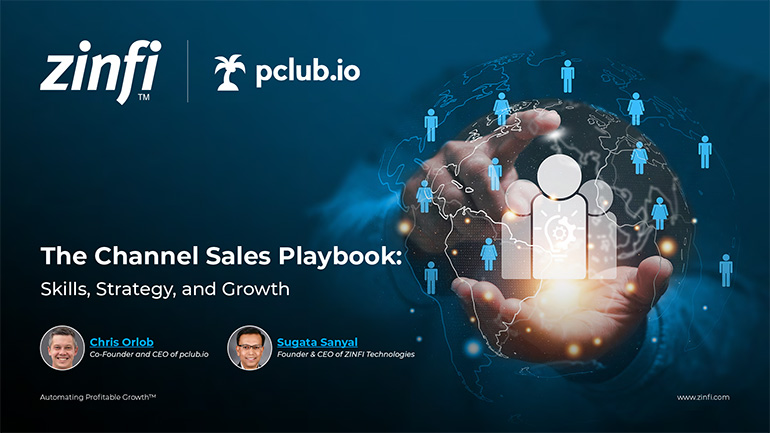 The Channel Sales Playbook: Skills, Strategy, and Growth
The Channel Sales Playbook: Skills, Strategy, and GrowthDownload for FREE
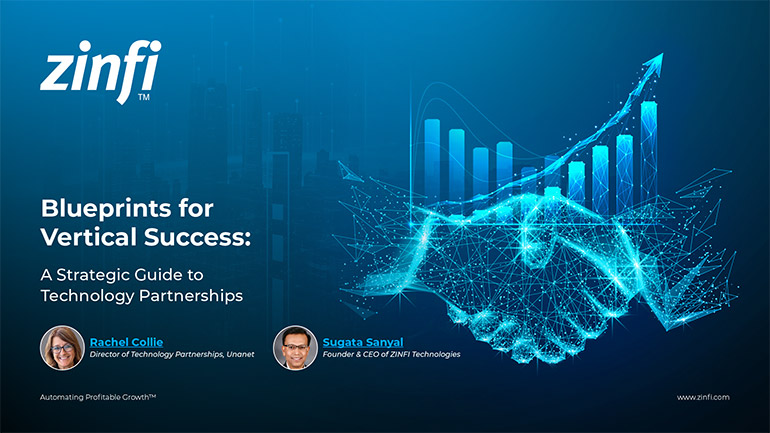 Blueprints for Vertical Success Best Practices
Blueprints for Vertical Success Best PracticesDownload for FREE
 The Future of Partner Enablement: From Enablement Gaps to Global Advantage
The Future of Partner Enablement: From Enablement Gaps to Global AdvantageDownload for FREE
 Reimagine Sales Development. Build a Smarter Prospecting Engine
Reimagine Sales Development. Build a Smarter Prospecting EngineDownload for FREE
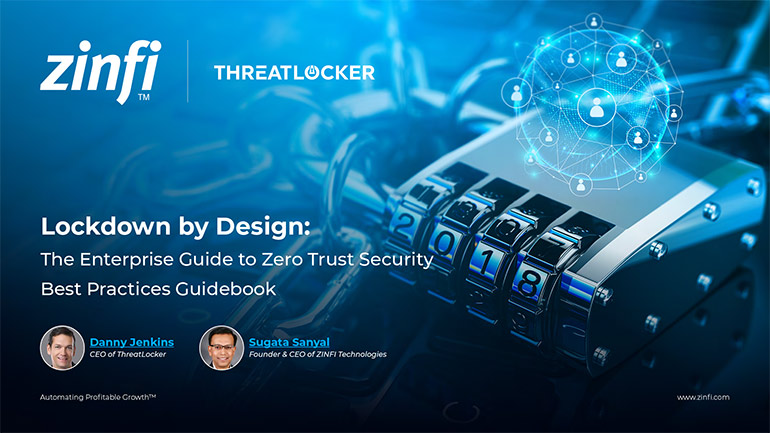 The Zero Trust Imperative: Fortifying Enterprise Security Against AI-Driven Threats
The Zero Trust Imperative: Fortifying Enterprise Security Against AI-Driven ThreatsDownload for FREE
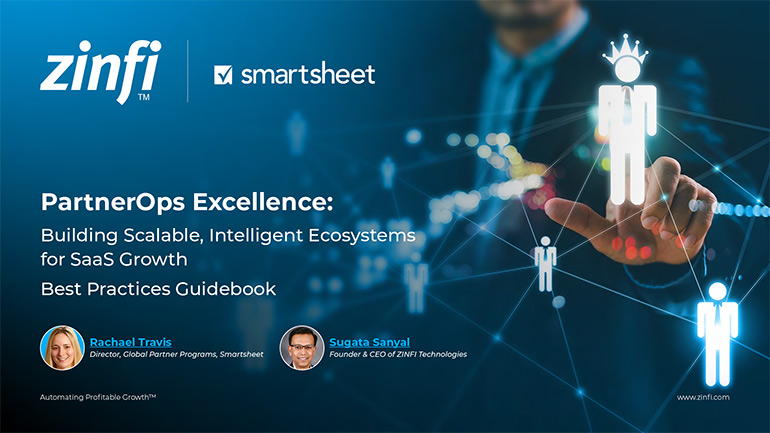 PartnerOps Excellence: The Definitive Guide to Scalable SaaS Ecosystems
PartnerOps Excellence: The Definitive Guide to Scalable SaaS EcosystemsDownload for FREE
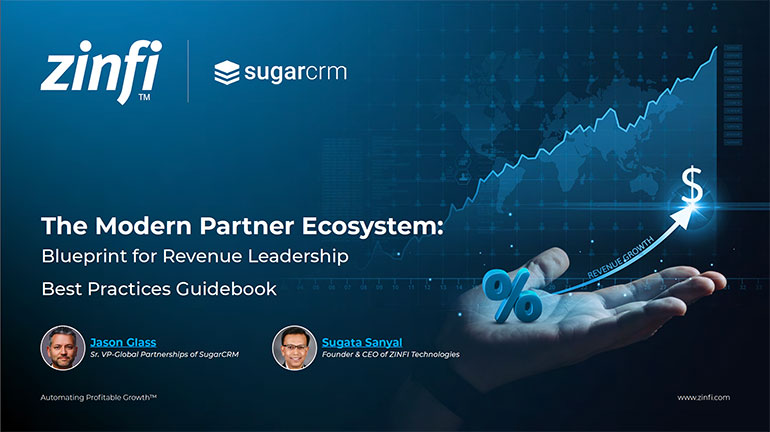 The Modern Partner Ecosystem Best Practices
The Modern Partner Ecosystem Best PracticesDownload for FREE
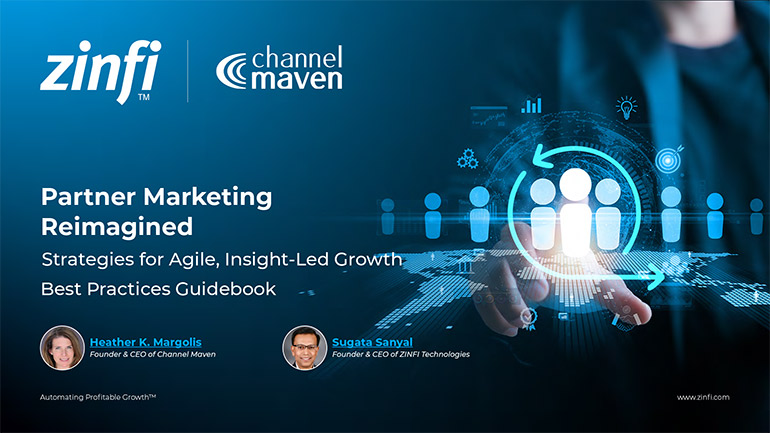 Partner Marketing Reimagined: Strategies for Agile, Insight-Led Growth
Partner Marketing Reimagined: Strategies for Agile, Insight-Led GrowthDownload for FREE
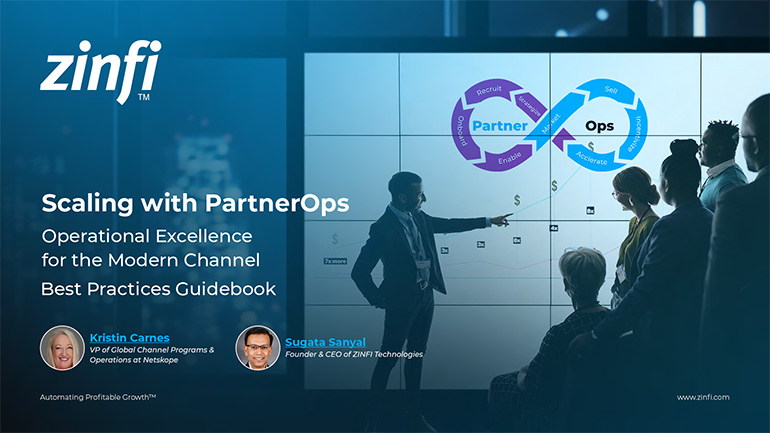 Scaling with PartnerOps Best Pratices
Scaling with PartnerOps Best PraticesDownload for FREE
 Leading with Partner Programs Best Pratices
Leading with Partner Programs Best PraticesDownload for FREE
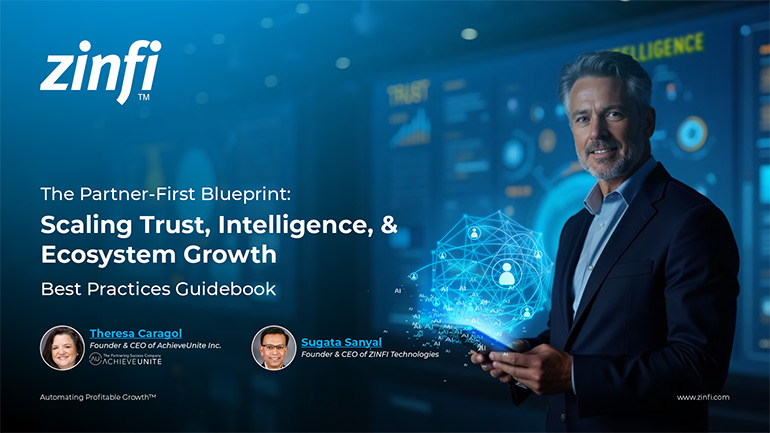 The Partner-First Blueprint: Scaling Trust, Intelligence, and Ecosystem Growth
The Partner-First Blueprint: Scaling Trust, Intelligence, and Ecosystem GrowthDownload for FREE
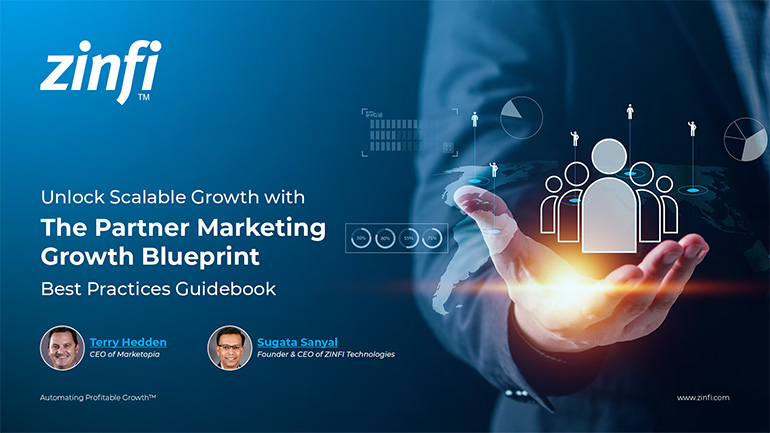 Unlock Scalable Growth with The Partner Marketing Growth Blueprint
Unlock Scalable Growth with The Partner Marketing Growth BlueprintDownload for FREE
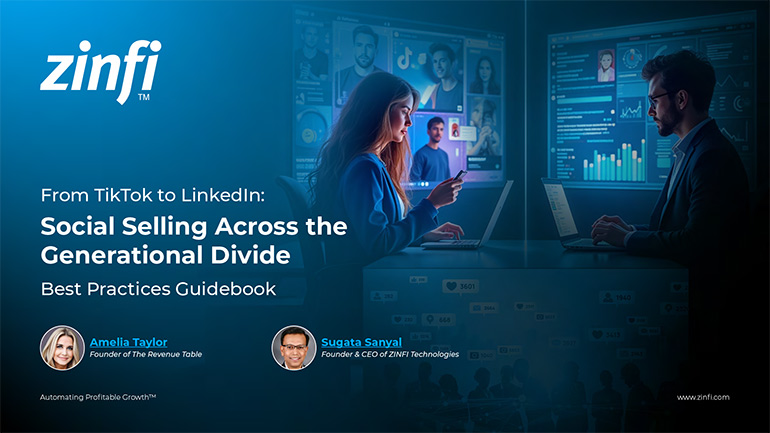 From TikTok to LinkedIn: Social Selling Across the Generational Divide
From TikTok to LinkedIn: Social Selling Across the Generational DivideDownload for FREE
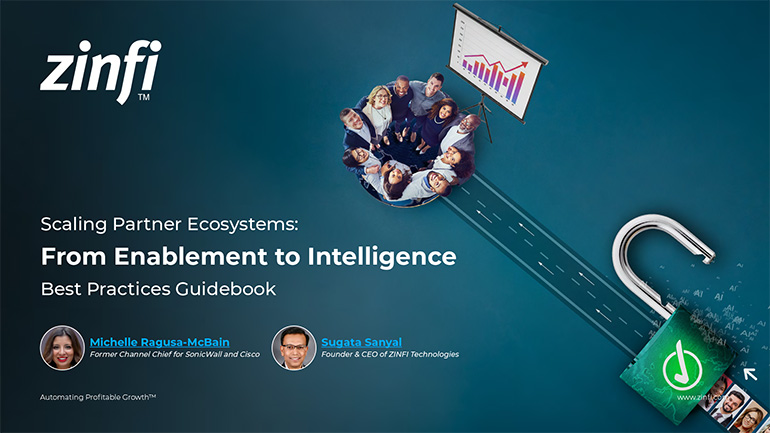 Scaling Partner Ecosystems: From Enablement to Intelligence
Scaling Partner Ecosystems: From Enablement to IntelligenceDownload for FREE
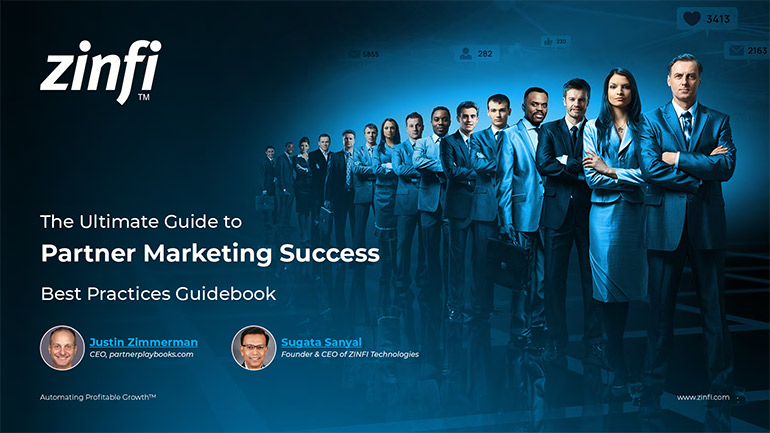 The Ultimate Guide to Partner Marketing Success Best Practices
The Ultimate Guide to Partner Marketing Success Best PracticesDownload for FREE
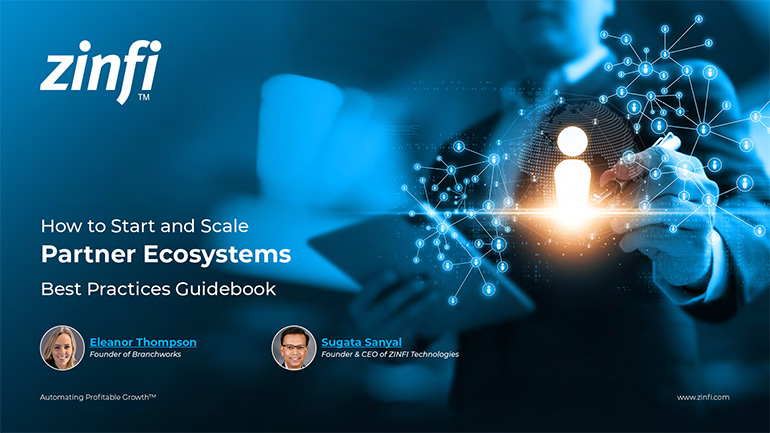 How to Start and Scale Partner Ecosystems Best Practices
How to Start and Scale Partner Ecosystems Best PracticesDownload for FREE
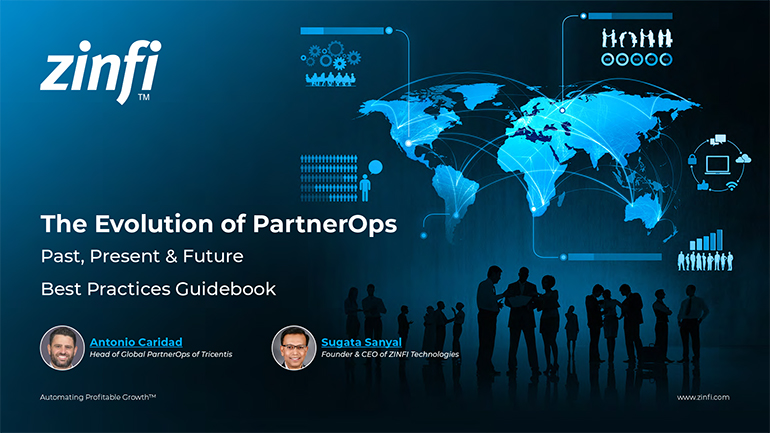 The Evolution of PartnerOps: Past, Present & Future Best Practices
The Evolution of PartnerOps: Past, Present & Future Best PracticesDownload for FREE







